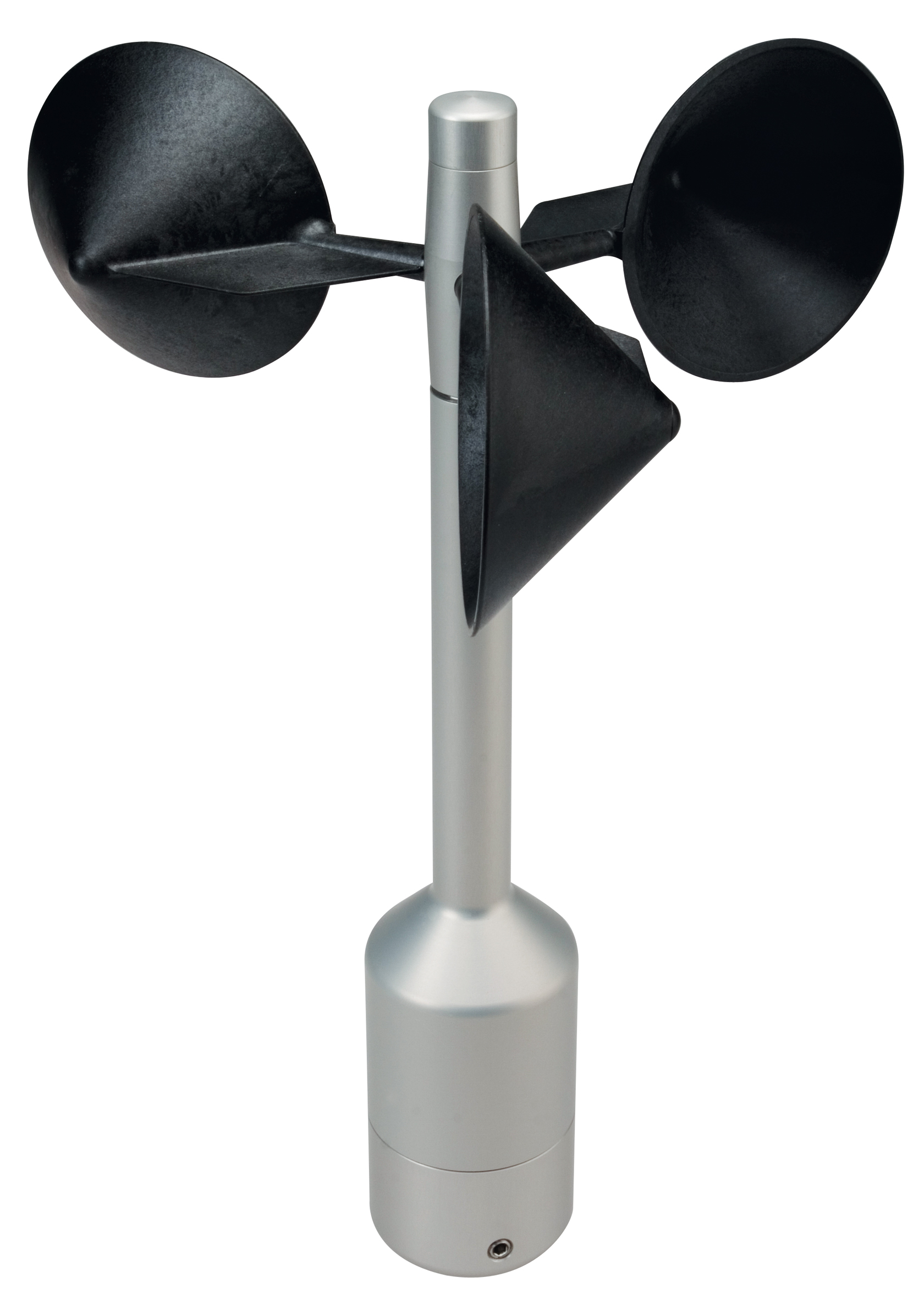Choosing the Right Anemometer: A Comprehensive Purchasing Guide
Choosing the Right Anemometer: A Comprehensive Purchasing Guide
Blog Article
Anemometers Unveiled: Recognizing Their Importance in Ecological Tracking and Security Procedures
The duty of anemometers in environmental monitoring and safety and security steps is commonly undervalued, yet their importance is obvious. From meteorology to aeronautics safety, anemometers play an important role in supplying exact data that notifies decision-making processes and boosts overall safety and security.
Background of Anemometers
The advancement of anemometers can be mapped back to the ancient people where basic wind determining gadgets were initial utilized. One of the earliest recognized anemometers was the hemispherical mug anemometer invented by Leon Battista Alberti in the 15th century.
In the 18th century, the prominent scientist John Thomas Romney Robinson introduced the Robinson anemometer, which featured 4 hemispherical mugs placed on horizontal arms that prolonged from a central axis. This style came to be a standard in atmospheric dimensions as a result of its precision and integrity. Throughout the years, developments in technology brought about the development of even more modern-day anemometers, including ultrasonic anemometers and laser Doppler anemometers, providing boosted accuracy and performance in gauging wind speed and instructions. The background of anemometers showcases an impressive journey of advancement and progression in the area of meteorology.
Sorts Of Anemometers
Throughout the area of meteorology, various types of anemometers have actually been developed to precisely measure wind rate and direction. Sonic anemometers utilize ultrasonic signals to gauge wind speed and direction precisely. Hot-wire anemometers operate based on the concept that the cooling impact of wind on a warmed cable is symmetrical to the wind rate.
Applications in Meteorology
Having discussed the different sorts of anemometers used in meteorology for measuring wind speed and direction, it is vital to explore their practical applications in the area. Anemometers play an essential function in meteorology by supplying precise and real-time data on wind conditions (anemometer). Meteorologists utilize anemometers to keep an eye on wind rate and instructions to anticipate weather patterns, issue warnings for extreme weather occasions like storms, hurricanes, and hurricanes, and assess climatic conditions for aviation safety and security
In weather forecasting, anemometers aid in recognizing regional and neighborhood wind patterns, which are essential for forecasting weather condition changes and identifying weather patterns. These devices are likewise used in study to research microclimates, urban heat islands, and air contamination diffusion. Additionally, anemometers are employed in farming to enhance plant monitoring techniques, such as watering and chemical application, based on wind conditions.
Value in Aeronautics Security
An integral aspect of making sure aeronautics safety depends on the careful tracking of wind conditions making visite site use of anemometers. Anemometers play an essential duty in aeronautics by offering real-time information on wind rate and instructions, aiding pilots in making notified decisions during flight, take-off, and touchdown. Unforeseeable and solid winds can substantially impact aircraft procedures, making it important for aeronautics authorities to rely upon exact wind dimensions to guarantee the safety and security of guests and crew.

In the vibrant setting of air travel, where even small modifications in wind rate and direction can have extensive results, anemometers stand as essential devices for promoting safe and secure flight.
Duty in Environmental Research
Exactly how do anemometers add to developments in ecological study? Anemometers play a vital duty in environmental research study by giving important information on wind speed and direction. This info is crucial for understanding various atmospheric procedures, such as air contamination dispersion, weather patterns, and climate modification. By precisely gauging wind characteristics, anemometers assist scientists evaluate the activity of contaminants airborne, analyze the impact of industrial emissions, and anticipate the spread of contaminants in the atmosphere.


Verdict
In final thought, anemometers have actually played an essential function in environmental monitoring and safety and security steps. Understanding the significance of anemometers is important for properly determining wind rate and direction, which is vital for anticipating climate patterns, making certain secure aviation operations, and carrying out environmental studies.
One of the earliest known anemometers was the hemispherical mug anemometer created by Leon Battista Alberti in the 15th century. Over the years, developments in modern technology led to the advancement of even more modern anemometers, consisting of ultrasonic anemometers and laser Doppler anemometers, supplying boosted accuracy and effectiveness in gauging wind rate and instructions. Hot-wire anemometers run based on the principle that the cooling impact of wind on a warmed wire is proportional to the wind rate. Meteorologists utilize anemometers to check wind speed and direction to anticipate weather patterns, problem warnings for extreme weather events like typhoons, tornados, and hurricanes, and assess climatic problems for aeronautics safety.
Comprehending the relevance of anemometers is essential for accurately determining wind rate and instructions, which is the original source essential for forecasting climate patterns, ensuring risk-free aviation operations, and carrying out environmental researches. (anemometer)
Report this page